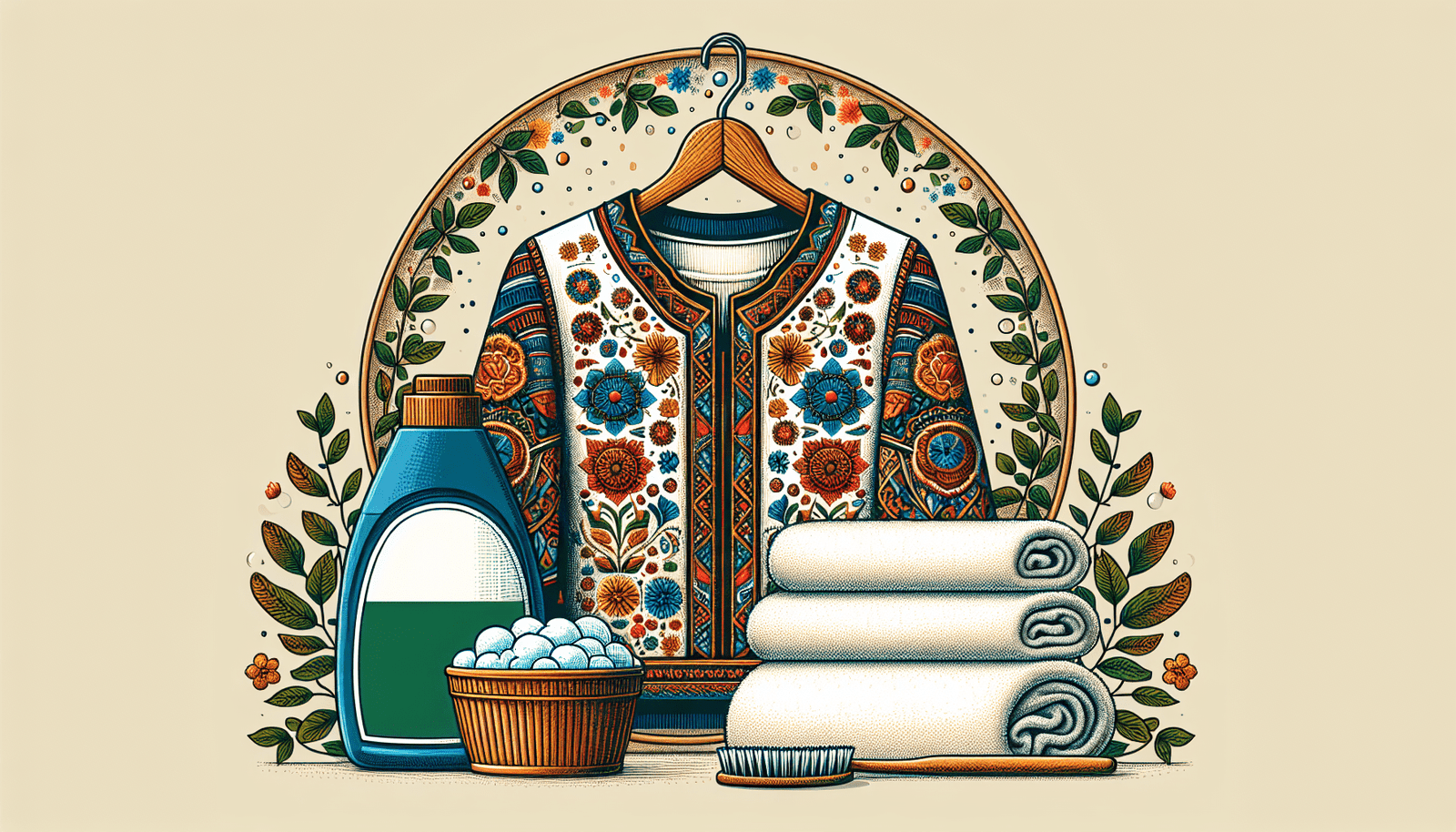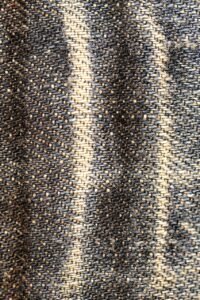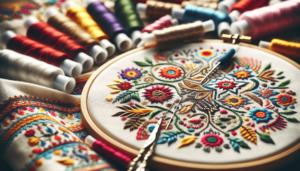How To Care For Embroidered Apparel To Ensure Longevity
Have you ever stood in front of your closet, hesitant to wear that beautifully embroidered shirt because you worry about ruining it? You aren’t alone. Many people face the same concerns when it comes to their embroidered apparel. Whether you’ve just invested in a custom piece or been gifted a unique garment, recognizing how to take care of it properly can help you keep its vibrant charm for years.

Understanding Your Embroidery
Before diving into the nitty-gritty of care instructions, it helps to understand what embroidery entails. Embroidery is a craft where designs are stitched into a fabric using a needle and thread. This art form can use various stitches and threads, creating intricate or simple designs that set your apparel apart from standard printed items.
Types of Threads Used
Understanding the type of thread can help you tailor (no pun intended) your care strategy.
- Cotton: Typically softer and more prone to shrinkage.
- Polyester: More durable and resistant to stretching and shrinking.
- Silk: Luxuriously smooth but delicate.
- Metallic: Offers a shiny, reflective quality but may be prone to fraying.
Knowing the thread type guides you in deciding how careful you need to be during washing and handling.
Fabric Matters Too
The base fabric on which the embroidery is done plays a crucial role in determining care methods.
- Cotton: Breathable and generally easier to clean but might shrink.
- Linen: Absorbent but prone to wrinkles.
- Polyester: Resistant to wrinkles and shrinking.
- Silk: Requires extra delicate care.
Knowing the fabric and thread type combined allows for a more personalized care regimen.
General Guidelines for Washing
When it comes to washing embroidered apparel, there are some universal truths that can save you from turning your prized possession into a rag.
Always Read the Care Label
This might sound like a no-brainer, but how many times have you disregarded the tiny labels stitched inside your clothing? The care label is your first line of defense. It provides essential information specific to that garment, including washing temperatures, types of detergents to avoid, and whether it can be machine washed or needs to be hand washed.
The Dos and Don’ts of Washing
Some practices can help you minimize the risk of damage when washing:
| Dos | Don’ts |
|---|---|
| Do use cold water. | Don’t use hot water—it can cause fading and shrinkage. |
| Do use mild detergents. | Don’t use bleach—it can weaken the threads and cause discoloration. |
| Do turn the garment inside out. | Don’t over-wash—it can lead to wear and tear over time. |
Cold water is generally safer for colored fabrics and helps preserve the integrity of the embroidery. Mild detergents are less abrasive and turning garments inside out minimizes the direct friction on embroidered sections.
Hand Washing
Hand washing is often the safest method, reducing the risk of damage from machine agitation.
- Fill a basin with cold water.
- Add a small amount of mild detergent.
- Submerge your embroidered apparel and gently agitate the water with your hands.
- Let it soak for about 10-15 minutes.
- Rinse thoroughly with cold water to remove detergent residue.
- Gently squeeze out excess water without wringing the fabric.
Machine Washing: Proceed with Caution
Sometimes hand washing simply isn’t feasible, especially if you have a busy schedule. If you must use a washing machine, follow these steps to mitigate risks:
Use a Mesh Laundry Bag
Placing your embroidered garment in a mesh laundry bag provides an additional layer of protection against the machine’s agitation.
Select the Right Cycle
Choose the gentle or delicate cycle. This setting uses slower agitation and a shorter washing time, reducing the chances of damage.
Use Cold Water
As mentioned earlier, cold water is gentler on both the fabric and the embroidery.
Skip the Spin Cycle
If possible, disable the spin cycle or use the lowest setting. High-speed spinning can pull and stretch the embroidery, causing it to lose shape or break.

Drying: The Pitfalls and Proper Practices
The drying process can be just as crucial as washing in ensuring the longevity of your embroidered apparel.
Air Dry Whenever Possible
Air drying is generally the safest method for embroidered garments. Lay the item flat on a clean, dry towel or drying rack. Avoid hanging as this can stretch the fabric and the embroidery.
Avoid Direct Sunlight
While it might be tempting to speed up the drying process with natural sunlight, UV rays can cause the colors to fade over time. Instead, choose a shaded area if drying outside, or stick to air drying indoors.
Low Heat Setting if Using a Dryer
If you absolutely must use a dryer, opt for the lowest heat setting and use the delicate cycle. Place the garment in a dryer-safe bag or pillowcase for added protection.
Ironing: Keep It Smooth
Ironing embroidered apparel can be tricky, but following these tips can help you keep it smooth without damaging the embroidery.
Use a Low Heat Setting
High heat can scorch the threads, especially if they are made of delicate materials like silk or metallics. Always opt for a lower heat setting on your iron.
Iron Inside Out
Turn the garment inside out to protect the embroidery from direct heat. If the inside-out method isn’t feasible, place a thin cloth between the iron and the embroidery.
Special Attention to Embroidery
If the embroidery does require direct ironing, use a steam setting. Holding the iron just above the fabric and allowing the steam to relax wrinkles without applying direct pressure can be very effective.
Storing Your Embroidered Apparel
Storage is another critical aspect of maintaining your embroidered apparel’s longevity. Improper storage can lead to creases, discoloration, and even damage.
Clean Before Storage
Always ensure the garment is clean before storing. Dirt and oils can weaken the fabric and threads over time.
Fold with Care
When folding, avoid placing folds directly over the embroidered areas. Use acid-free tissue paper to cushion and support the embroidery.
Store in a Cool, Dry Place
Humidity and warmth can deteriorate both the fabric and the embroidery. Opt for a cool, dry place for storage, free from direct sunlight.
Avoid Plastic Bags
It might seem intuitive to store delicate items in plastic bags, but these can trap moisture, leading to mold and mildew. Use breathable fabric bags instead.
Handling Stains: The Do’s and Don’ts
Stains are inevitable, but how you handle them can make a big difference.
Act Quickly
The sooner you deal with a stain, the better. Dab (don’t rub) the stained area with a clean damp cloth to lift the stain.
Use Mild Stain Removers
Opt for mild, embroidery-safe stain removers. Test on a small, less visible area first to ensure it doesn’t cause discoloration.
Avoid Scrubbing
Scrubbing can pull and fray threads. Blotting is more effective and less damaging.
Professional Cleaning: When to Seek Help
There may be times when professional cleaning is your best option, especially for highly valued or very delicate items.
Choosing a Cleaner
Not all dry cleaners are the same. Choose a cleaner experienced with embroidered garments. Ask questions about their methods and whether they’ve dealt with similar fabrics and designs.
What to Communicate
When dropping off your garment, communicate any special instructions provided on the care label. Also, inform them of any previous attempts at stain removal or specific areas that require attention.
Repairing Embroidery: DIY vs. Professional Help
Over time, even with the best care, your embroidered apparel may need repairs. Deciding whether to fix it yourself or seek professional help depends on the complexity of the work and your skill level.
Simple Repairs
For loose threads or minor fraying, you can usually handle repairs at home. Use a matching thread and a needle to carefully stitch it back into place.
Seek Professional Help for Major Repairs
For significant damage, such as a tear through the embroidery, expert assistance is advisable. Professionals can re-weave or replace sections without risking further damage.
Conclusion
Owning embroidered apparel is like having a piece of art in your wardrobe. With the proper care, you can enjoy its beauty and uniqueness for many years. By understanding the materials involved, carefully washing and drying, storing correctly, and knowing when to seek professional help, you’re well-equipped to maintain your embroidered garments’ allure and longevity.
Next time you pull that beautiful embroidered piece from your closet, wear it with confidence, knowing that you’re taking steps to ensure its long-lasting splendor.



